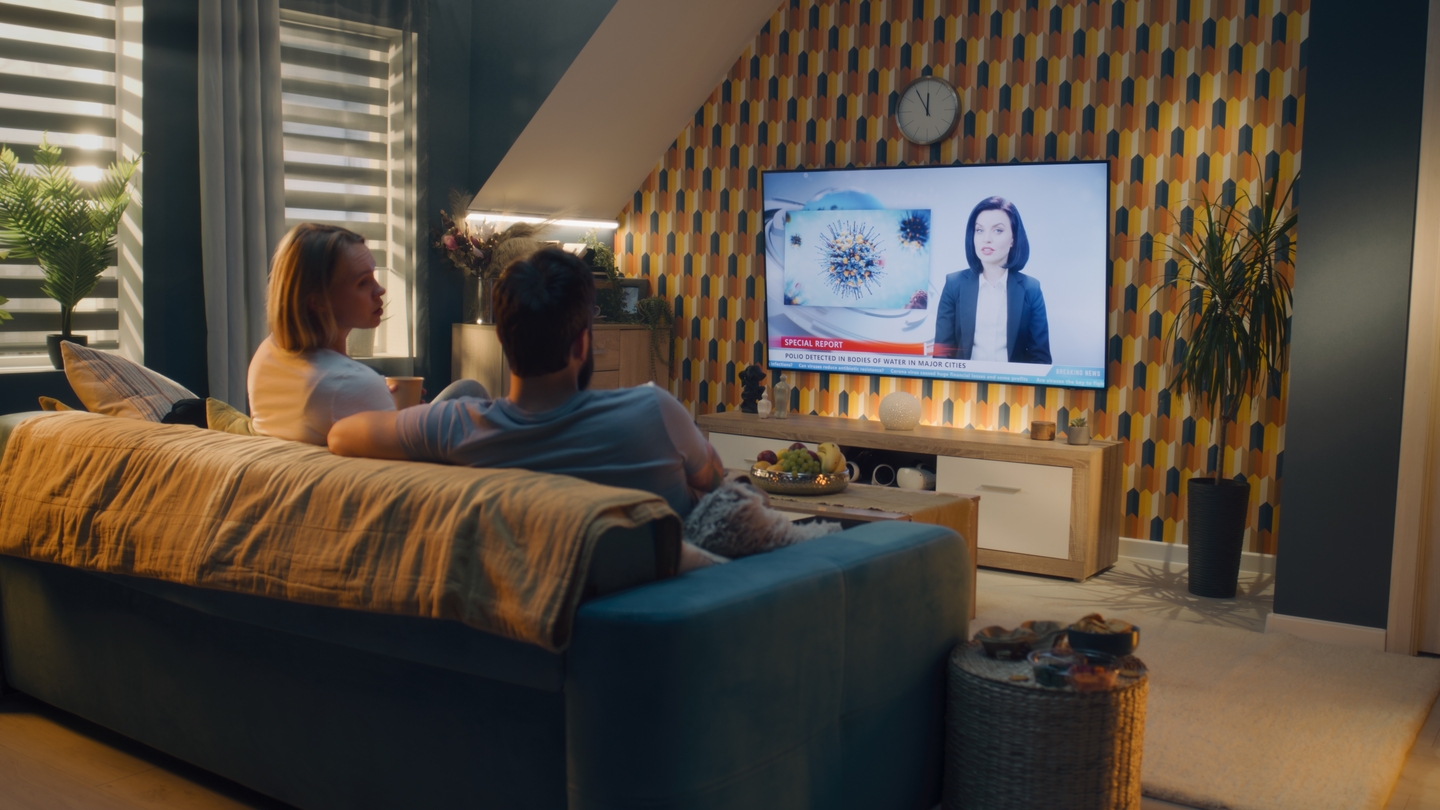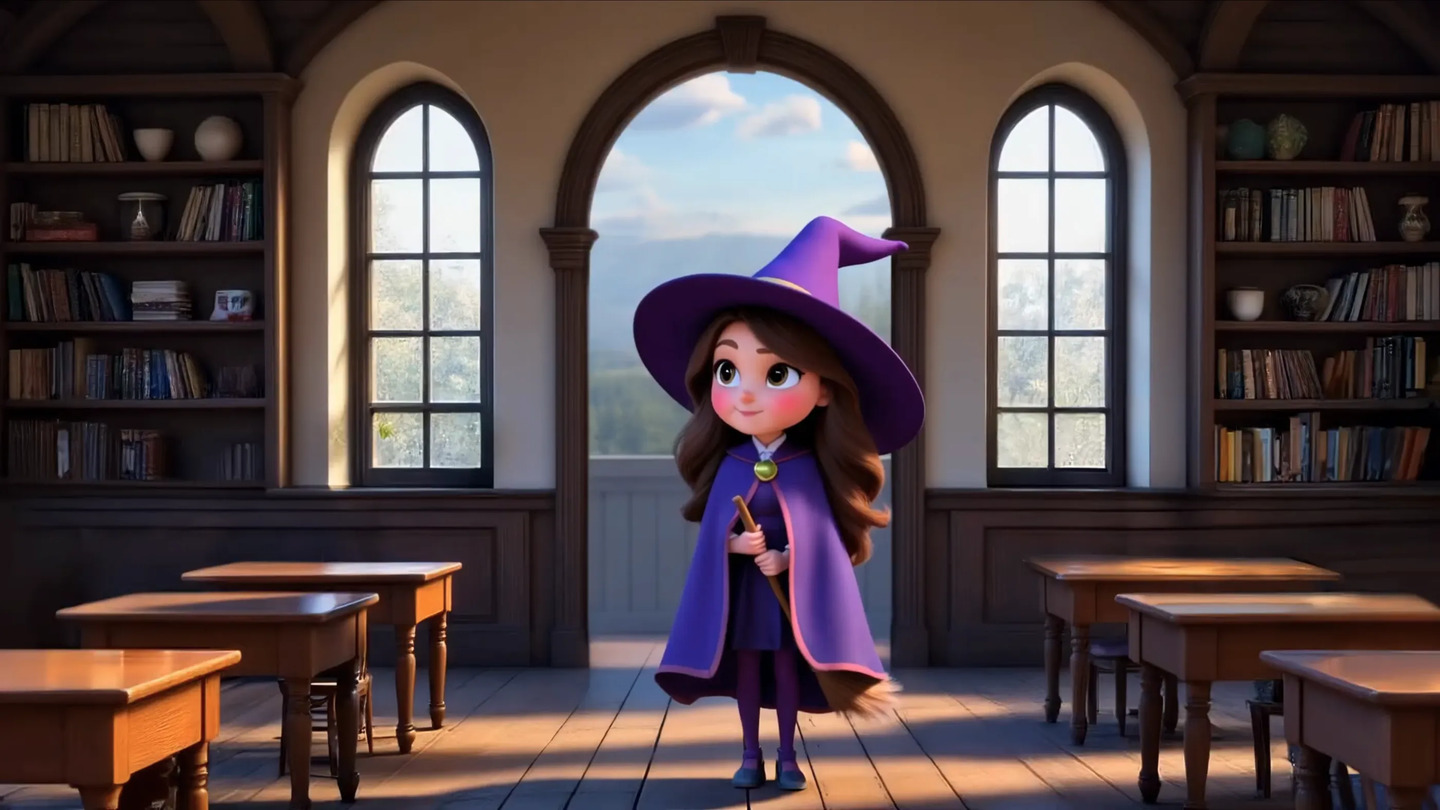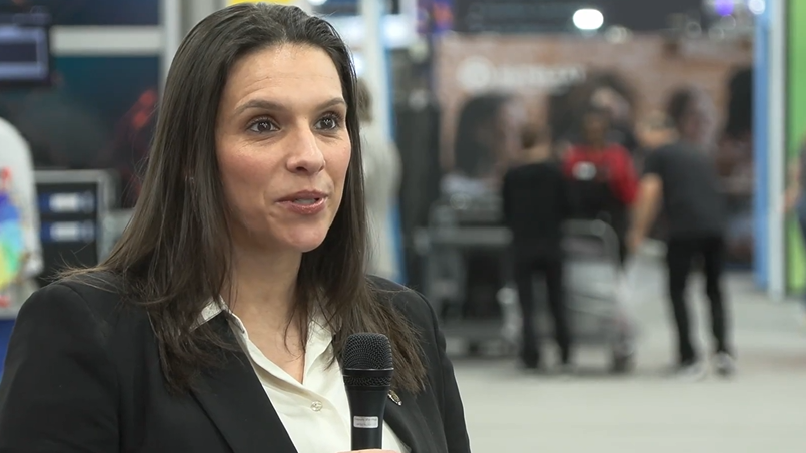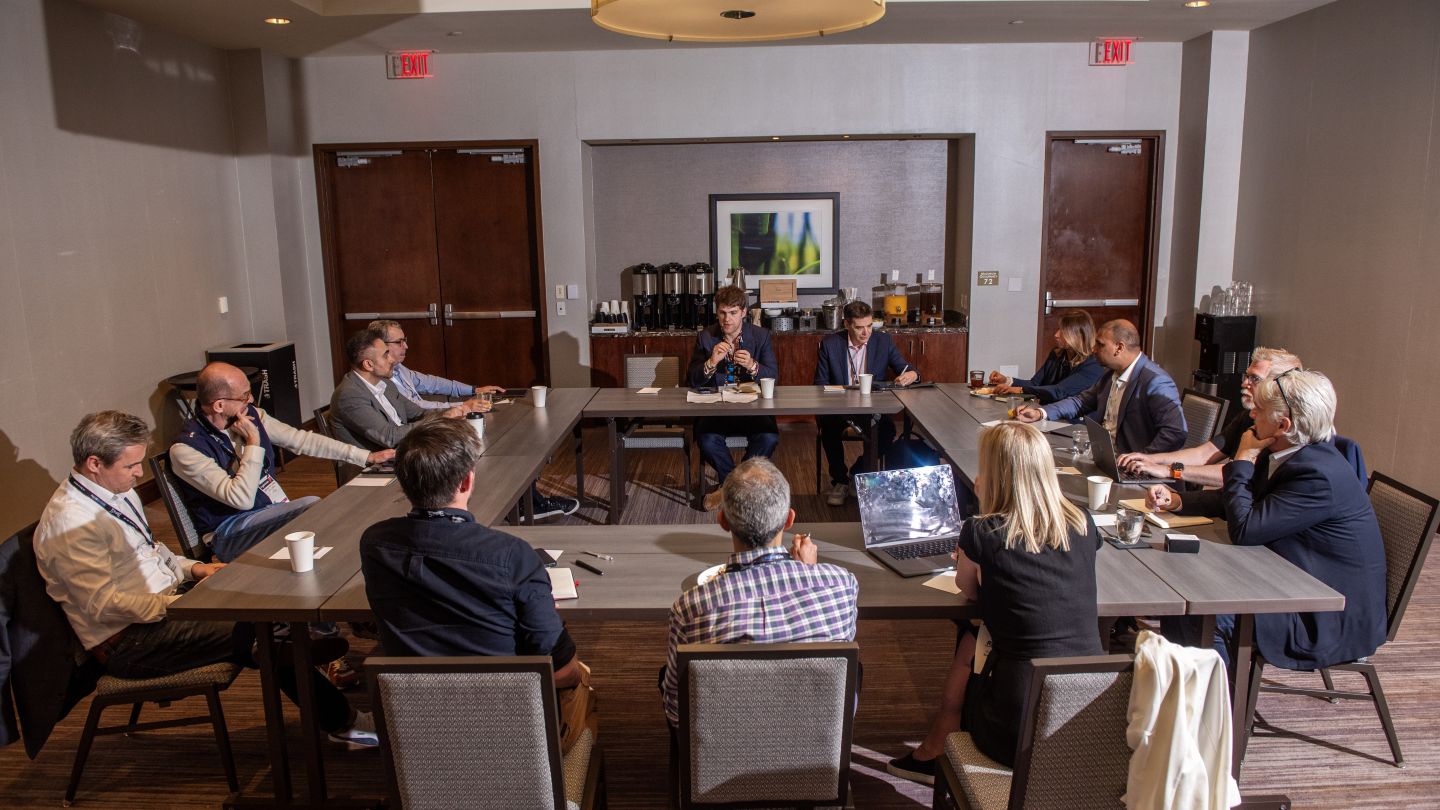What are the limits for using GenAI in production and how capable is it of creating skilled and engaging content? IBC365 learns more about the recent findings from Pact’s AI working group.
It feels like the dust has settled on the detonation of ChatGPT-4 and v1 text-to-video tools and it’s now time for the adults in the room to take stock.
“We shouldn’t be rushing to the pitchforks but thinking through carefully and having an adult discussion about how we use it and how we disclose it,” says John McVay, CEO of UK-based producer’s association Pact. “It’s about having grown-up conversations with everyone in the creative value chain about what is understood in terms of consent and permission and transparency.”
McVay was speaking following Pact’s publication of guidelines and principles for its members on the implications of using generative AI for TV and film projects.
He is the first to admit that the technology generates more questions than answers.
“We’re not saying it’s going to be easy – but...
You are not signed in.
Only registered users can view this article.

Behaviour-based data: Defining the advertising audience
A shift to defining audiences based on behavioural characteristics, allied to greater use of programmatic trading, could help boost the TV ad market, Xperi’s Chris Kleinschmidt tells IBC365.

How sport is embracing DTC at both ends of the playing field
Kevin Emmott reports on how two English football clubs at starkly different points of the football pyramid are going direct to fanbases with their content output.

Sustainable streaming: Delivering a greener vision for OTT
Increasingly powerful analysis platforms, infrastructure optimisation, improved resource utilisation and new methods of compression are among the developments helping the streaming sector to reduce its environmental impact, writes David Davies.
Creating a new sense of place for Welsh media innovation
The emergent virtual production scene in Wales has been boosted by the arrival of two new world-class facilities in recent months, both secured with the collaborative backing of Media Cymru. James McKeown spoke to Media Cymru’s Deputy Director, Professor Sara Pepper OBE, about the consortium’s mission to put Wales on the global media innovation map.

Flawless AI: “You can't put new lines in people's mouths without consent”
AI tools like Flawless visual dubbing are making a strong case for standard use in Hollywood.





